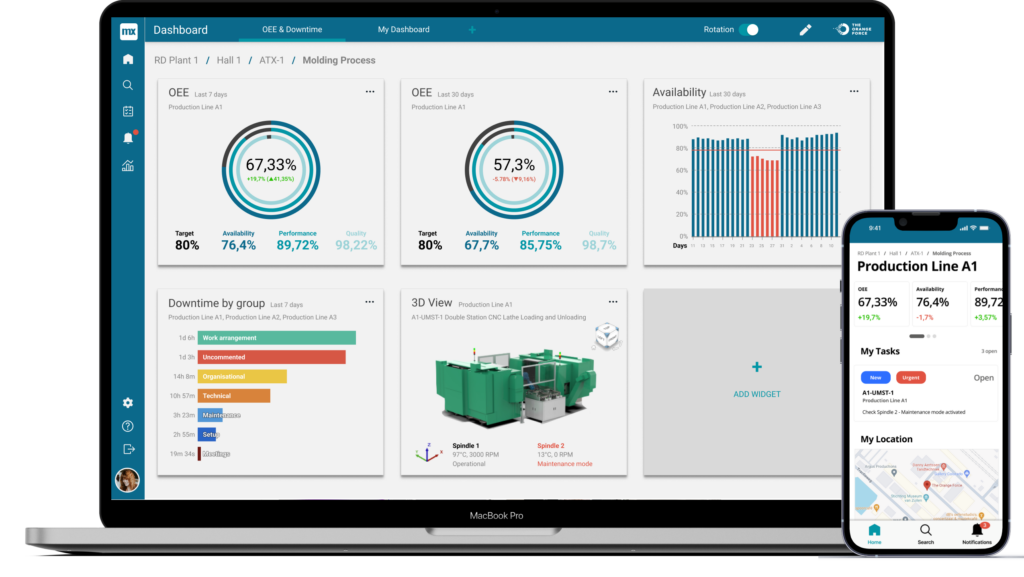

- Supervised Learning: Training a model on labeled data. This can be used for predictions and classifications.
- Unsupervised Learning: Uses unlabeled data to identify patterns or groupings.
- Reinforcement Learning: Learns by interacting with its environment to achieve a goal.
- Text Analytics: Analyzing text data for insights. Used in sentiment analysis, customer feedback analysis, etc.
- Chatbots: Automated conversational agents. Improve customer service and reduce response time.
- Machine Translation: Translating text between languages. Useful for international business communications.
- Image Recognition: Identifying objects, features, or people in images. Useful in quality inspection, inventory management, and security.
- Facial Recognition: Identifying or verifying individuals. Enhances security and personalized customer experiences.
- Video Analysis: Analyzing video content for specific events. Used in surveillance, sports analysis, and content moderation.
- Predictive Analytics: Forecasting future trends based on historical data. Applied in sales forecasting, risk management, and supply chain optimization.
- Prescriptive Analytics: Recommending actions based on predictions. Enhances decision-making in logistics, marketing strategies, and operations.




